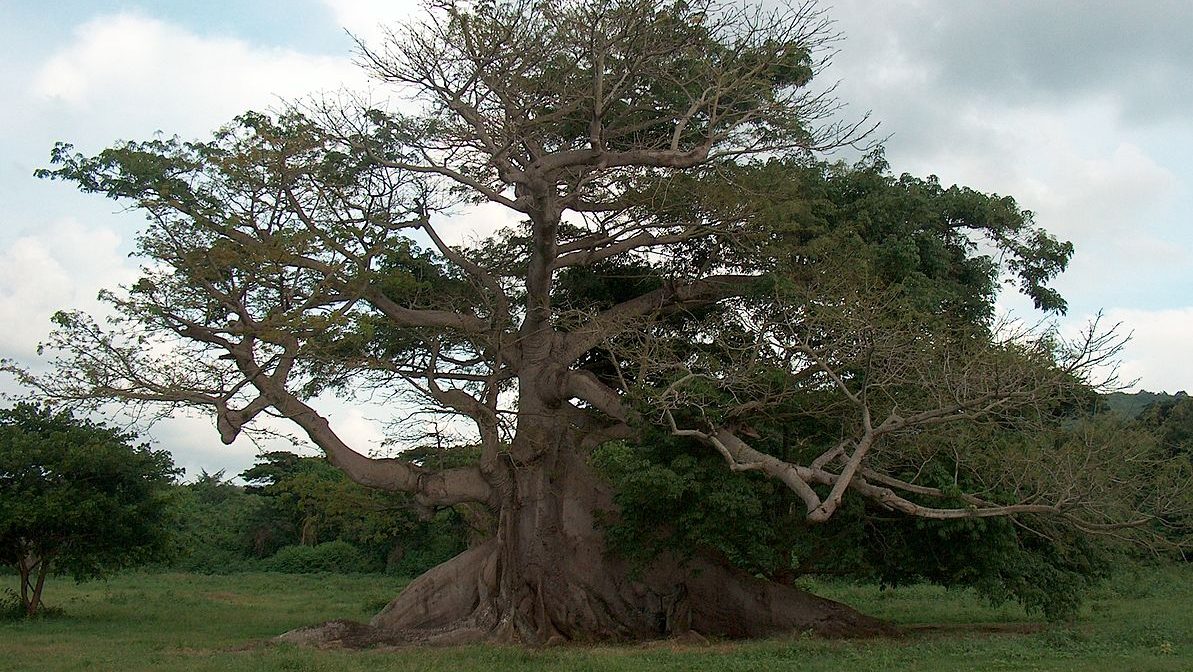A struggling single mother lives nine lives on her path to becoming a notorious rum runner during Prohibition in Puerto Rico.
SUMMARY and PILOT for episodic series adapted from NOVEL (© November 18, 2021 by Melanie Feliciano). Legal Rep: Brian Frankel.
THE NINE LIVES OF MARIA LA GATA is a novel about my great-grandmother, who was a cigar-smoking rum runner in 1920s Puerto Rico. My dad and my Tia Eileen, who were raised by Maria, also say she had several children by a few different men, and owned her property in Puerto Rico. That much is true. The rest of it I’ve filled in with my imagination, memoirs from my own life experiences and research about the famous women, musicians, dancers, artists, singers, politicians and business owners during this time period.
PROJECT TIMELINE
2019-2021 Writing and workshopping with the Orlando Public Library Writers’ Critique Group. Everyone in this class is a huge fan of Maria La Gata. They all hang on the edge of their seat when they finish reading a scene.
April 2021 Hire editorial consultant Marcela Landres for feedback. She advises me on fleshing out all the characters, especially the men. Villains are better when they have a rich backstory.
April-August 2021: Re-write entire novel. 305 words.
August-October 2021: Pitch to 10 literary agents through Publishers Marketplace.
- Literary agent for renown author requests full manuscript 20 minutes after pitch. Gives positive feedback on the manuscript two months later, but ultimately rejects it because pacing is too fast; I would benefit from cutting some plot points (there are lots of twists and turns).
- Literary agent #2 gives positive feedback but ultimately rejected it because she had a hard time connecting with the characters – pacing too fast.
- Marcela Landres gives me a novel doctor’s prescription:
- Take a character and conflict class at UCLA
- Rewrite the whole novel and workshop it regularly with other writers in a writing group
- Get developmental editing
- Re-pitch to different literary agents
November 2021: Copyright the version of the novel I sent to the literary agents via Brian Frankel, who connects me with literary agent John Mason. Rewrite and workshop first 50 pages of novel with Denver Lighthouse Writers led by author Jacinda Townsend. Everyone loves this story, but for the love of God, slow down! Let us get to know Maria La Gata. I realize maybe I wrote a fast-paced script in novel format so I start adapting the novel into script format and share first two episodes with Miami producer who I met in 2008 same time I met Tito Puente, Jr. He had lots of ideas and connections for casting. He thought of it as “Peaky Blinders meets Russian Doll.” He encouraged me to talk about chignonas when I get interviewed by the TV series reporters. He was obsessed with the concept of hagiographic. And then we brainstormed this logline:
A struggling single mother lives nine lives on her path to becoming a notorious rum runner during Prohibition in Puerto Rico.
December 2021: My father finds rare footage he shot of my great-grandmother in 1967. She is smoking a cigar and looking quite mysterious. I can’t stop imagining what her life was like and the lessons she is teaching me with those eyes. Should I ditch the search for a literary agent and just try to produce this series, Robert Rodriguez style?
February 2022: UCLA Character and Conflict class with Colette Sartor. Life changer. I rewrite the opening of the novel. It’s banging now. It feels more literary.
March 2022: Ward asks to see my pilot script for Maria La Gata. So I am building out this page right now as a Show Bible.
I am exploring the next steps required for sharing it with an audience. That part of the storytelling process has always been difficult for me, so I’ve been asking myself a few questions like:
Why did I write this story?
- To understand myself and my family’s roots.
- To entertain myself and my family. I want us to laugh and cry when we read this because so many of our nutty personality traits came from this amazing woman.
- To entertain other Americans whose bisabuelas were fierce, feisty and making their own rules for survival in the 1920s. Turns out Maria had a lot in common with many other amazing, real-life women in her era who defied the stereotypes of the female gender: Mata Hari, Angelina Rivera, Josephine Baker, and Gertrude Cleo Lythgoe, aka, “The Queen of Rum Row.”
No matter where this journey takes me, I feel like I’ve written a story that has taught me who I am and the matriarchal role I play in my family. Thank you for visiting my little slice of the Interwebs!

